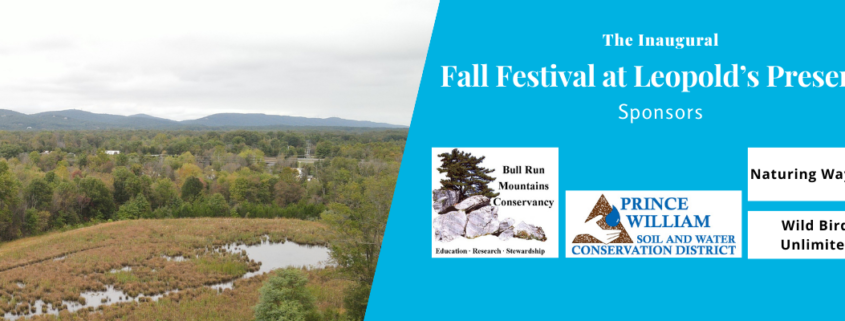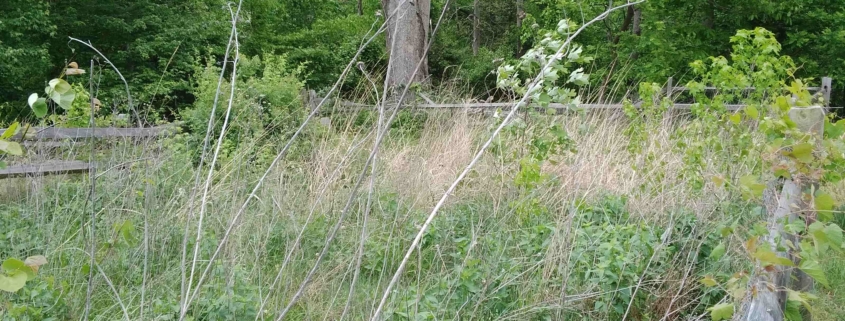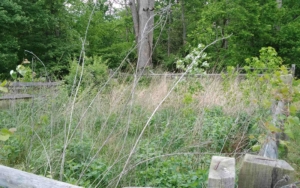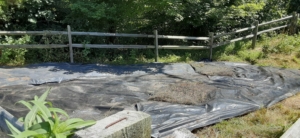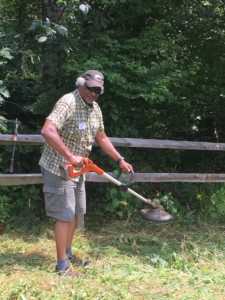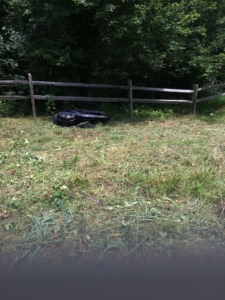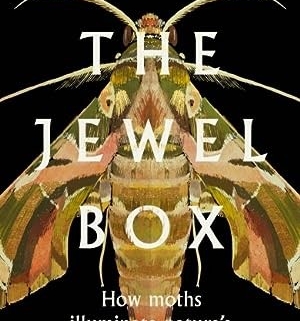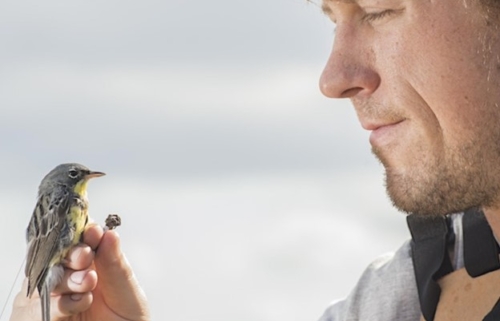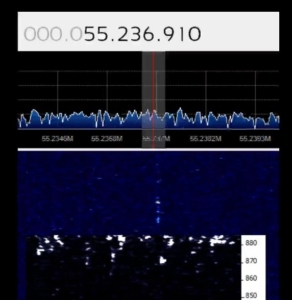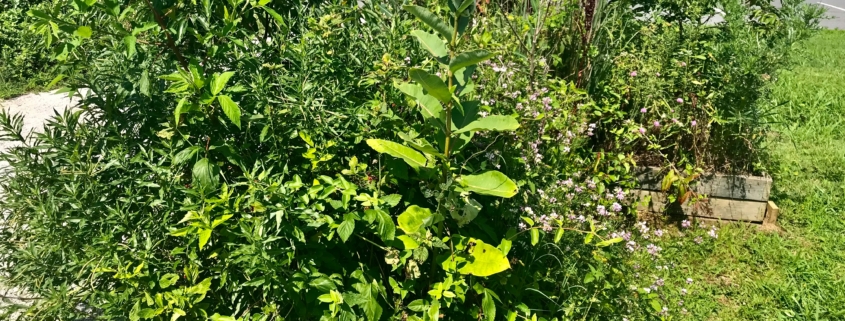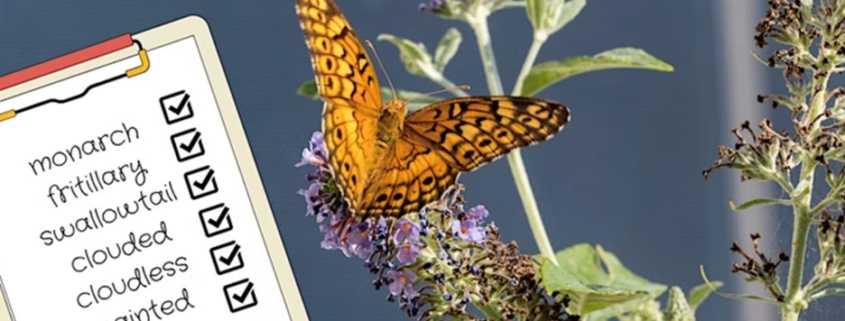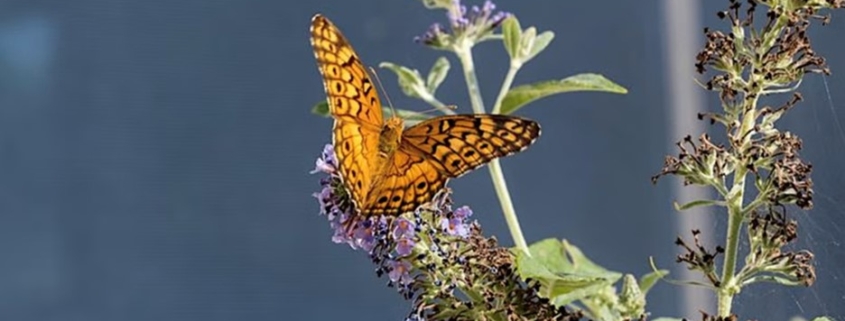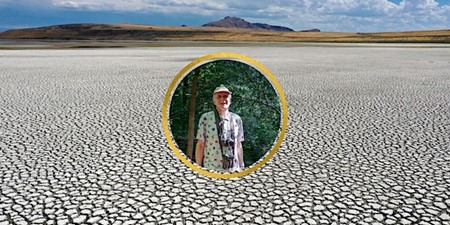Festival at Leopold’s Preserve Coming This Fall, September 23
Saturday, September 23, 2023
11 am – 3 pm
16290 Thoroughfare Rd, Broad Run, VA 20137
Mark your calendars for the Fall Festival at Leopold’s Preserve on Saturday, September 23, from 11 am – 3 pm EST. Presented by the White House Farm Foundation and Northern Virginia Conservation Trust, this family-friendly celebration promises a delightful experience amidst the splendor of the fall season.
This exciting event will feature an array of activities and attractions for all ages. Enjoy the festivities with tables from nonprofit organizations, vendors offering unique goods, popular delights from food trucks, and local wine.
For nature enthusiasts, embark on guided nature hikes that will unveil the breathtaking beauty of Leopold’s Preserve, allowing you to explore its trails, meadows, and observation areas. Kids will have a blast with fun-filled activities like face painting, carnival-style games, and a raffle of nature-related products. Don’t miss out on this memorable event that brings together the community and champions for the environment.
It will be a great time, and they look forward to seeing you there!


